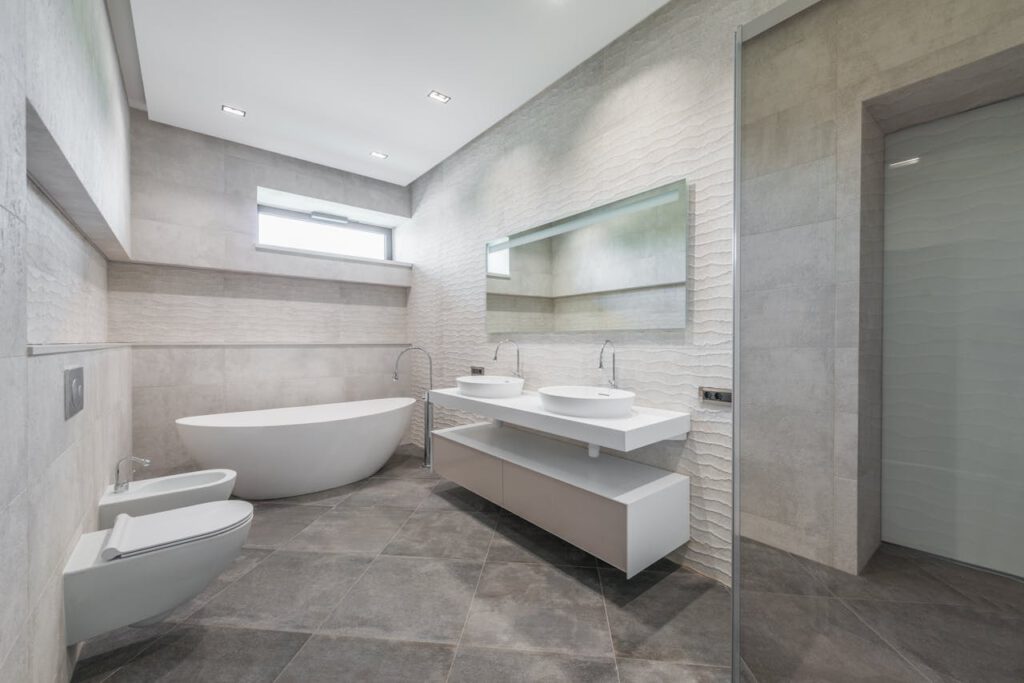What is regarded as the most valuable invention since the creation of fire by humans? Obviously, the electric light bulb!
Many homeowners are unable to select the proper light bulb, so they visit their local home improvement shop and look for the most affordable option. Too frequently, light bulbs are bought without a clear understanding of whether they will match your room’s or your light fixture’s aesthetic preferences.
We’ll walk you through the process and the factors you should take into account when purchasing light bulbs for your home.
How many different types of light bulbs are there?
The most common types of light bulbs and how we use them are :
1. Incandescent bulbs
These are the most popular and typically lowest-priced type of bulb. Warm light is emitted, they work with dimmers, and they often last up to a year, which is longer than halogen but not as long as CFL or LED bulbs. Additionally, they are less energy-efficient than other kinds of lightbulbs.
The most inefficient of the multiple bulb types is the incandescent bulb since it requires the most watts to produce the same amount of lumens as the other two. They do not endure as long, either. It usually takes a long time for a fluorescent or LED bulb to burn out or shatter before that wire filament does.
2. LEDs or Light Emitting Diodes
Despite having exceptionally low power consumption and a reasonable lifespan, early LED light bulbs were very expensive, which troubled people from choosing them in favor of the comparably more affordable CFLs.
Nowadays, LEDs are the basis for the vast majority of illumination in homes, offices, cars, streets, etc.
The Luminous Efficiency, or Lumens per Watts ratio, of LEDs, is their primary benefit. It details how many watts a light source uses to generate a given amount of lumens of light. LEDs have the highest lumens per watt ratings of the three light bulbs described here.
3. Halogen
Because both use a tungsten filament, the color and quality of the light produced by a halogen bulb are comparable to that of an incandescent. The quantity of energy needed by the two is about identical, but halogens are substantially more expensive to operate than alternative energy-saving technologies. A halogen bulb’s estimated lifespan of fewer than two years makes it unlikely for it to pay for itself before it breaks. Furthermore, they have a high heat output.
4. Fluorescent Compact Lighting (CFL)
Depending on the model you select, these energy-saving lights can produce a variety of colors. Sometimes, it takes them some time to become brighter and warmer. Use them to light up rooms with a lot of space, such as basements, great rooms, and kitchens. They can last longer than incandescent lights and are less expensive than LED lights. Because these light bulbs contain mercury, handling them should be done with caution. After burning out, they can be recycled.
Conclusion
We hope you would be able to choose the best light bulb for your needs by now if you have a good understanding of the needs of various areas, tasks, and lights.

